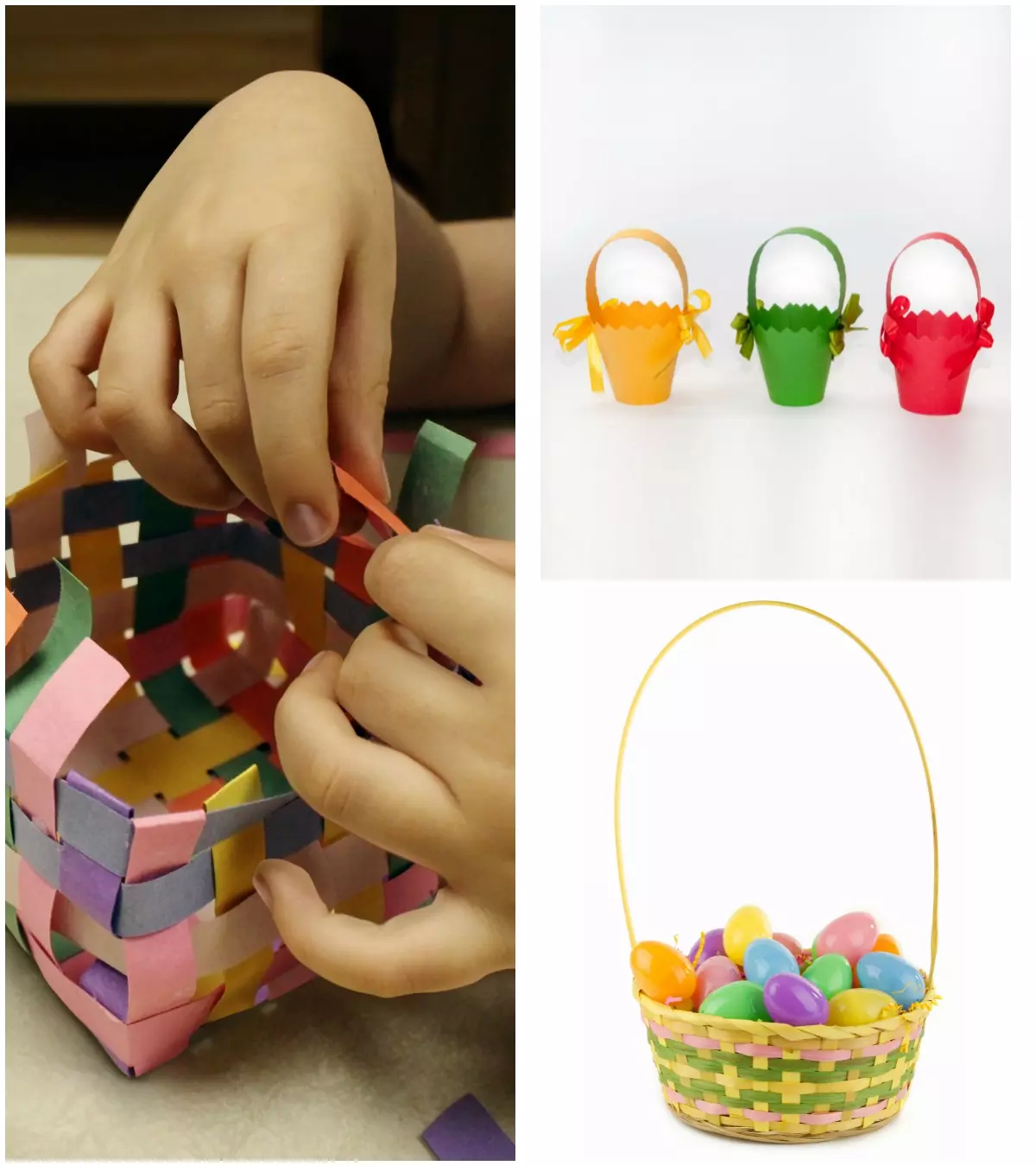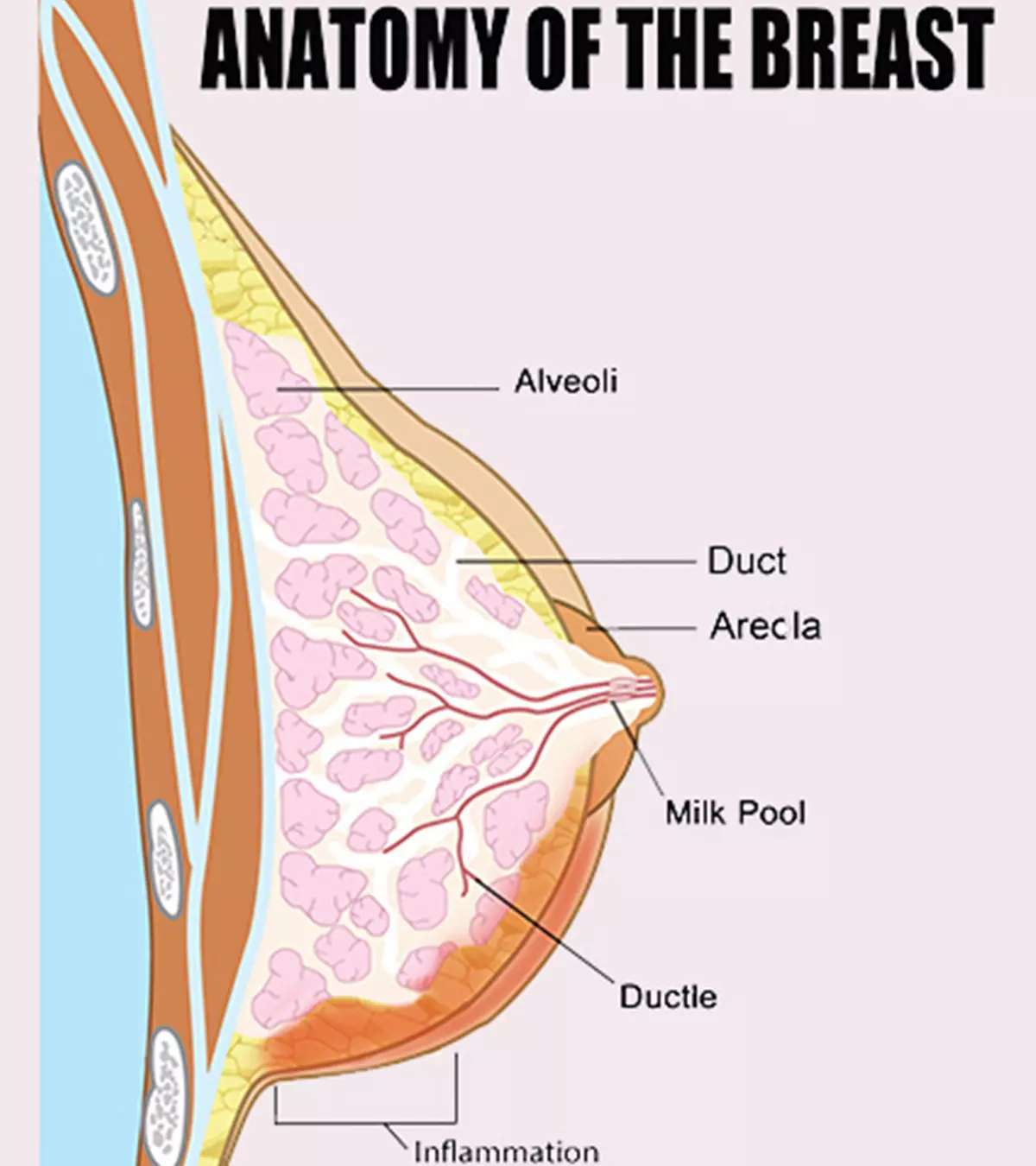

Nasal congestion in infants is as troublesome as in adults. While grown-ups may be able to handle it, infants may experience severe discomfort due to it. Besides causing breathing difficulty, a blocked nose can make it hard for babies to swallow food. In addition, it interferes with their sleep. Hence, they may wake up cranky and irritated or may not be able to sleep at all.
A stuffy nose, thus, can affect your baby’s mood and health. So we have some information to help you deal with it. This post will help you understand nasal congestion in babies, including its causes, symptoms, and ways to cope with it.
What Are The Symptoms Of Nasal Congestion?
Your baby is too young to tell you that his nose is blocked. But nasal congestion is there for you to see, and you can identify it from any of the following symptoms:
- A runny nose:The nose is drooling mucus all the time, and there seems to be no end to it. You wipe it once, and then it gets messy again.
- Noise while breathing: There is an audible ‘whistling’ sound every time the baby breathes in and out. The noise can be sharp and shrill depending on the severity of the condition.
- Snoring can happen due to various reasons and nasal congestion is one of them. If the baby breathes noisily during the waking hours, then he is likely to snore while sleeping.
- Baby picking at the nose: Babies do not understand what is happening to their nose. Therefore, to alleviate the obstruction, they pick their nose with their fingers inside the nostrils. This happens in older infants with better finger dexterity.
- Sneezing: Sneezing clears the nose, but it sometimes blocks it too. A stuffy nose stimulates the nerve endings of the inner lining of the nostrils, which respond through the natural reflex of sneezing.
The symptoms are common and obvious, but they are not standalone as they are associated with some illness.
What Causes Nasal Congestion In Babies?
Nasal congestion can be caused by several underlying problems that cause the buildup of mucus or inflame the nasal tissue; both cause an obstruction of breathing. Babies have tiny nostrils, and those below the age of two months can only breathe through their nose (1). Even the older babies are not good at breathing through the mouth. Following are the reasons for nasal congestion in babies:
1. Common cold:
It is the predominant cause for snotty noses in infants (2). There are over 200 viruses that cause cold, but rhinovirus is the most common of them all (3). Cold viruses increase the formation of thick mucus in the nose and inflame the inner lining of the nostrils. This restricts the flow of air into the nasal passages, leading to nasal congestion.
Other symptoms: Sneezing, coughing, irritability, low to high fever
Treatment: Treated symptomatically through cough and pain medications.
2. Influenza:
The symptoms of influenza are similar to those of common cold, but the baby will also have a high fever. A runny nose is more common in influenza than inflammation of the nasal passages since the flu virus primarily targets nose, throat, and lungs (4).
Other symptoms: Very high fever, body ache, dizziness, loss of appetite
Treatment: Steam inhalation, decongestants and paracetamol for fever
3. Allergies:
Allergies cause stuffy nose in babies just like common cold and influenza. Many allergens, like pollen, can inflame the nasal passages and make them secrete surplus mucus. Rhinitis, also called hay fever, is one such allergic reaction that can lead to stuffy nose in babies.
Other symptoms: Skin hives, diarrhea, stomach pain
Treatment: There is no specific treatment but an allergy can be managed to the point that it recedes or disappears.
4. Inflamed tonsils or adenoids:
Tonsils and adenoids are tissues that are a part of the lymphatic system. They are the first line of defense in the immunity system, and if they get infected, they can cause nasal congestion. An enlarged tonsil or adenoid can even put pressure on the nasal passages, constricting them and preventing normal breathing.
Other symptoms: A sore throat, pain while swallowing, noise while breathing
Treatment: The infection can cure on its own if mild. Antibiotics help subside the intensity. In severe cases of chronic disease, the tonsil or adenoid is surgically removed.
5. Irritants:
It can range from pollution to dry air. Anything that can irritate the inside of the nose has the potential to trigger excessive secretion of mucus. Dry air can dry the mucus, which can harden causing difficulty in breathing.
Other symptoms: Coughing, irritation in the nasal cavity, baby picking the nose repeatedly
Treatment: Keeping the baby away from the irritant can prevent the condition. In the case of dry air, humidifiers are helpful.
6. Foreign body in the nose:
The reason behind that runny nose could simply be some stuff that your baby pushed up his nostril while playing. Babies can be fidgety, and they love putting things in their mouth. When they are extra playful, they may put something in the nose so deep that they may have a difficult time removing it. That object may rot causing an infection, and nasal congestion.
Other symptoms: Trouble while breathing, repeated crying, thick mucus with a peculiar color
Treatment: If you suspect there is something in your baby’s nose then inspect the nostrils under bright light. Take the baby to a doctor a proper checkup.
Nasal congestion can happen at any age and can even affect newborns. The above problems are diagnosed symptomatically, and medication is prescribed accordingly. However, there are some simple things you can do at home to provide stuffy nose relief to the baby.
How To Relieve Nasal Congestion?
There are two ways to provide relief to the baby when he is suffering from congestion. These methods rid the nose of the excessive mucus and provide breathing comfort. Here is what you can do:
1. Saline drops to release the mucus:
- Saline or salt water is a natural decongestant for a stuffed nose baby. You can buy this saline from a pharmacy or prepare it at home using one-fourth teaspoon of salt dissolved in 240ml of water.
- Make your baby lie on his back and pour two to three drops of saline water in the infant’s nose. Wait for 30-60 seconds after doing so.
- Turn the baby on his stomach so that the saline drains the mucus out. Use a tissue paper to catch the snot.
- Gently squeeze the baby’s nose to expel the remaining mucus.
- You can use this method even when the baby has dried mucus since saline will soften and release it from the nostrils. Using saline drops is a safe household remedy for nasal congestion in babies, and it is recommended by the American Academy of Paediatrics (10).
2. Nasal suction bulb to draw the mucus:
- The nasal suction bulb is also called an aspirator and helps bring the mucus out into the integrated rubberized container (bulb).
- Press the air out of the bulb to create a vacuum and place the tip of the bulb around the rim of the nostril. Do not insert it deeper since it may cause damage to the delicate inner lining.
- Gently release the squeeze grip, and the mucus gets drawn into the bulb.
- Press the bulb into a tissue paper to release its content. Rinse it with warm water before using it again. Keep the bulb exclusive to the baby and never share it with someone else including a sibling.
Other remedies for nasal congestion, such as steam showers and antihistamine medicines, work for adults but may not be effective in babies. Never use decongestants or other drugs to liquefy dried mucus. There is no treatment for dried mucus and saline drops are the only safe option (11). If the problem is acute, then take the infant to a doctor, who will prescribe the right medication for blocked nose and the underlying condition that is causing it. Seam inhalation can also help.
When To Rush To The Doctor?
The symptoms of congestion themselves call for medical attention. However, in the following scenarios you must be prompt in consulting the doctor over your baby’s runny nose:
- Mucus is blood-stained: Even a tinge of blood in the mucus could be a sign of some serious problem like a bacterial infection. Let the doctor take a look soon.
- Nasal discharge is green or yellow: Infections of the sinus or the presence of a foreign body in the nose are among the common reasons for staining the clear mucus. These can be removed through the medication prescribed by a qualified doctor.
- Nasal congestion is accompanied by high fever, sore throat, or body rashes: It could mean an acute viral infection or a bout of severe allergy. Swift medical attention is recommended.
- A runny nose is for more than 15 days: If it is flowing mucus for a fortnight, then better get the baby checked by a doctor.
- Baby is less than two months old: Newborn babies do not have the reflexes to expel the mucus nor can they breathe from their mouth. This precarious situation can interfere with other activities like feeding and sleeping.
Instead of waiting for the situation to aggravate, take steps in the initial stages itself to avoid the stuffy nose problem in your baby.
How To Prevent A Stuffy Nose In Babies?
Here are two simple ways to avoid the onset of nasal congestion in a baby, and to ensure his airways stay healthy:
- Keep the air and the baby’s surroundings clean. Keep dust and other pollutants at bay. Purchase an air purifier if your baby is sensitive to suspended particles in the air. Also, keep the baby’s personal items clean so that he does not ingest pathogens.
Do not use deodorant or any other substance with intense fragrance around the baby, to prevent triggering an excessive production of mucus. Often, this can result in serious conditions such as asthma.
- Use a humidifier or a mist vaporizer if possible. It maintains adequate levels of humidity in the air to prevent dry conditions in the room. Dryness can lead to mucus formation in the baby.
Frequently Asked Questions
1. How long does a baby’s congestion last?
Usually, nasal congestion lasts for around seven to ten days in babies (6).
2. Can I use Vicks on my baby?
Yes. You can rub a small quantity of Vicks BabyRub on your baby’s chest to offer them some relief from nasal congestion.
Nasal congestion in infants can leave them in distress. Your baby can hardly sleep peacefully with symptoms like constant runny nose, breathing difficulties, and snoring. Infections and allergies are the common causes of this condition. You may try to relieve your baby’s nasal congestion using simple home care tips such as maintaining a clean environment, using saline drops, and a nasal suction tube. However, it is best to consult a doctor if your infant experiences a sore throat, fever, bloody mucus, or yellowish or greenish nasal discharge.
References
- Nasal Congestion (Infant/Toddler)
https://www.fairview.org/patient-education/116322EN#:~:text=Sit%20your%20baby%20upright%20in - Common Cold
https://www.cdc.gov/antibiotic-use/colds.html - Flu
https://medlineplus.gov/ency/article/000080.htm - The Difference Between Sinusitis and a Cold
https://www.healthychildren.org/English/health-issues/conditions/ear-nose-throat/Pages/The-Difference-Between-Sinusitis-and-a-Cold.aspx - Coughs and Colds: Medicines or Home Remedies?
https://www.healthychildren.org/English/health-issues/conditions/chest-lungs/Pages/Coughs-and-Colds-Medicines-or-Home-Remedies.aspx - Infant colds: What’s normal and what’s not.
https://news.sanfordhealth.org/childrens/infant-colds-whats-normal-and-whats-not/
Community Experiences
Join the conversation and become a part of our nurturing community! Share your stories, experiences, and insights to connect with fellow parents.
Read full bio of Dr. Anuradha Bansal
Read full bio of Rohit Garoo














